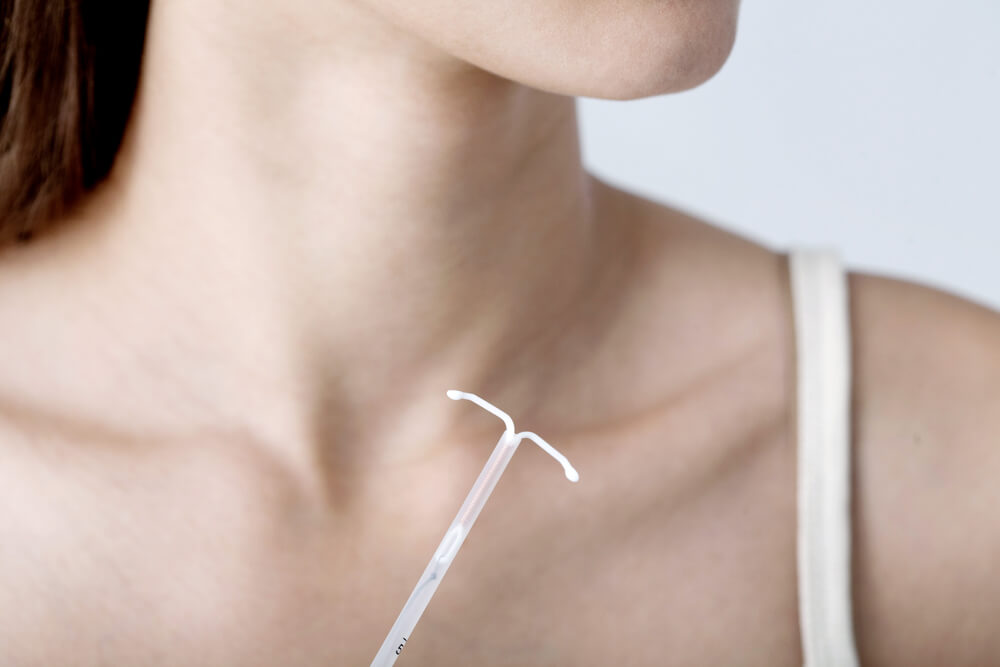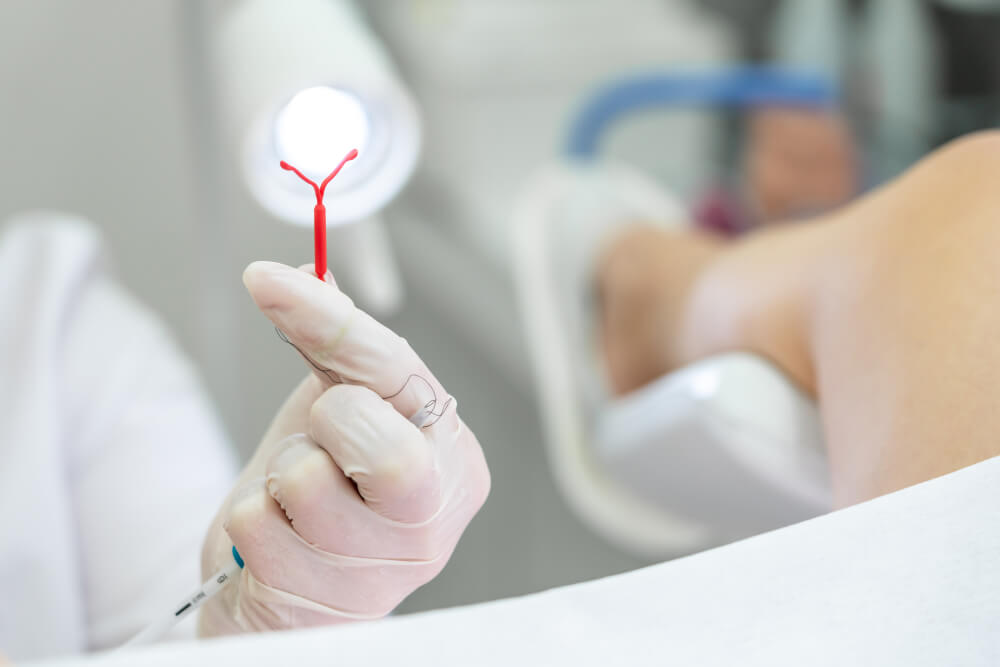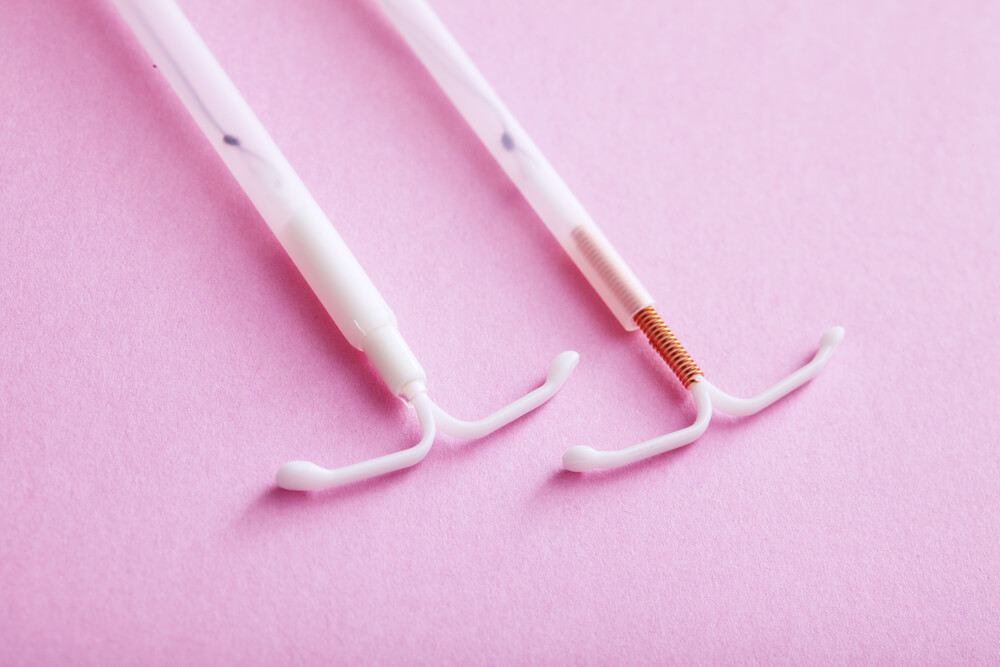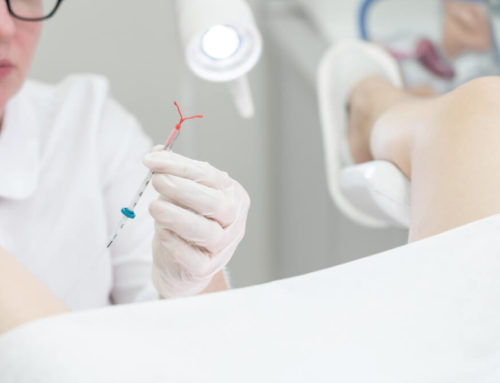Are you interested in an IUD and are wanting to learn about IUD removal? Do you already have an IUD and are wondering what to expect after IUD removal, or what happens during an IUD removal? Here at New Age Women’s Health, we are happy to share our expertise in gynecological care to explain the process of IUD removal and IUD removal.
What is an IUD?
An IUD is a kind of birth control device that rests inside your uterus, also known as an intrauterine device. An IUD is a great alternative to birth control pills because it lasts for years (three to ten, depending on what kind you have) without the hassle of taking a pill each day, but they are not permanent devices. If you are hoping to become pregnant, the IUD expires, or simply want an IUD removal before it expires, you can easily do this with the help of your doctor and an IUD removal procedure.
There are two types of IUDs which are non-hormonal (also known as the copper IUD) and hormonal. A copper IUD may cause heavier periods and cramping temporarily, but your cycle will get back on track within a few months after insertion. Hormonal IUDs often cause your period to lighten or even disappear completely. An IUD device is one of the most effective forms of birth control, and it is reversible. Less than one in 100 women become pregnant each year if they have an IUD. Once your IUD is in place, you are protected from pregnancy for three to ten years, depending on which device you choose. Other options for reversible birth control include the pill, oral contraceptives, injections, patches, and vaginal rings.

What to expect after IUD insertion:
Around six weeks following the IUD insertion, you will have an appointment with your doctor, and they will make sure the IUD has stayed in place and check for any signs of infection. It is considered normal for your period to be irregular for the first several weeks or months after insertion. This can include prolonged spotting, two periods in a month, or no period for several months in a row. If the following side effects occur, be sure to contact your doctor:
- The IUD causes discomfort in your vagina or cervix
- The IUD strings are not apparent or seem off
- Painful sex
- Experiencing unusual bleeding
- Pelvic or abdominal pain
- Abnormal vaginal discharge
- Severe migraine headaches
- Fever
How does IUD removal work?
IUD removal is a quick procedure. It usually takes only a few minutes and it is done at a clinic or your doctor’s office. It is not advised to remove an IUD device on your own. Once your IUD expires, your doctor will have to take it out, but they can do so beforehand as well if you want to change birth control methods or become pregnant. You may ask yourself, “does IUD removal hurt” or “will I be bleeding after IUD removal?” These are valid questions but do not fear. This procedure is safe, quick, and painless. At most, you will experience brief discomfort or cramping upon removal of the device.
You are probably curious about what to expect during IUD removal and what to expect after IUD removal. The IUD removal procedure remains the same for any kind of IUD device, whether copper like the ParaGard IUD or hormonal, like Kyleena, Liletta, Mirena, or Skyla IUDs. You will lie on the exam table with legs apart and feet in stirrups, similar to your standard gynecological or pelvic exam. After this, your doctor inserts a speculum into the vagina to widen the opening.
These are some next steps to expect during an IUD removal:
- The doctor will locate your IUD strings.
- The doctor will use forceps to gently and slowly pull the strings, removing the device from your uterus.
- The IUD has flexible arms that will fold up as the device is pulled through the cervix.
After these simple steps, your IUD removal will be completed.
There are many kinds of IUDs. Paraguard IUD will last ten years, Mirena and Kyleena IUDs will last up to five years, and Liletta and Skyla IUDs will last three years at most. When they are no longer effective, they will need to be removed. You may want an IUD removal for other reasons, including becoming pregnant, developing an infection, or any intolerable side effects.
During your menstrual cycle, an IUD can be removed at any time. Your cervix softens during menstruation, and studies have shown that this is the best time to schedule your IUD removal procedure.
If your IUD removal procedure will not be taking place during your period, speak with your primary care doctor or gynecologist about beginning a new method of birth control at least a week before IUD removal, so birth control is effective upon the procedure. Alternatively, a new IUD, including ParaGuard, Skyla, and Mirena IUDs can be inserted immediately after an expired IUD is removed, and as long as there are no complications, it can usually be done in one appointment.
Does IUD removal hurt?
IUD removal can briefly cause discomfort or cramping during the removal procedure. IUD removal is less painful than insertion. However, there can be complications during removal, such as your doctor being unable to locate the strings. It is suggested to take over-the-counter medications such as ibuprofen or acetaminophen for a day or two after the procedure to ease any discomfort if needed.

Is bleeding after IUD removal normal?
Yes, light spotting and bleeding after IUD removal are common for up to a few days following the procedure. However, if you experience heavier bleeding or passing of blood clots, this is not normal, and you should consult your doctor. In terms of your period, it can take up to three months for your cycle to get back on schedule as before.
What complications can arise during IUD removal?
For most, IUD removal has no complications.
In some cases, your doctor may have a difficult time locating your IUD strings. Occasionally, the strings can go up into your cervical canal. This may happen if the strings were shortened or cut too short upon insertion, or it can even occur if they were not. Your doctor will use an imaging device called an ultrasound to help locate the missing strings and carefully pull them out and into the vaginal canal; then, the IUD removal procedure will continue as before.
Although it is rare, an IUD can get stuck in your uterine wall, and your doctor would need to use ultrasound-guided technology to confirm this and remove the device. Once verified, your doctor may need to dilate your cervix, administer an anesthetic to help with discomfort or pain, and then use the forceps, or in other cases, a hysteroscope, to remove the device. This procedure can take anywhere from a few minutes to an hour to be completed. In rare situations, it may be necessary to have this performed in an operating room under anesthesia.
Overall, IUD insertion and IUD removal are safe, quick, and painless. The many benefits of an IUD outweigh the few rare risks associated with it. At New Age Women’s Health, we are experts in IUD insertion and removal procedures and use the most up-to-date technology to keep you safe and comfortable. Our office is available and happy to assist you in finding the best birth control method for you, your needs, and your lifestyle. Feel free to browse our website to learn more about the many services we offer in gynecological care!





